Oslo Throughout the History
Discover Oslo’s captivating journey through history, starting as a trade hub on the Oslofjord in the Viking Age. From its Viking roots to Medieval eminence as Christiania, Oslo flourished in commerce and politics. Through Danish and Swedish reigns, the city’s identity evolved, shaping its architecture and culture. Under Swedish rule, Oslo embraced new traditions, setting the stage for modernization. Explore how these influences melded to form the vibrant cityscape we see today, a testament to Oslo’s enduring legacy.
Origins of Oslo
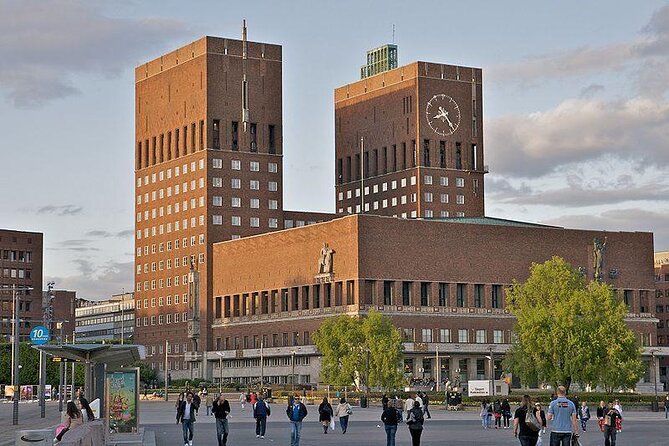
Oslo, a storied city in Scandinavia, traces its origins back to ancient times when it was established as a significant trading hub in the region. The city’s strategic location on the Oslofjord made it a vital center for commerce and communication.
Over the centuries, Oslo evolved from a bustling Viking Age settlement into the thriving capital of Norway. Its name, derived from the Old Norse word ‘Áslo,’ meaning the meadow of the gods, reflects the city’s deep-rooted history and cultural significance.
Today, remnants of its past can still be seen in the archaeological sites and historical buildings that dot the cityscape, offering visitors a glimpse into Oslo’s fascinating journey through time.
Viking Age Influence
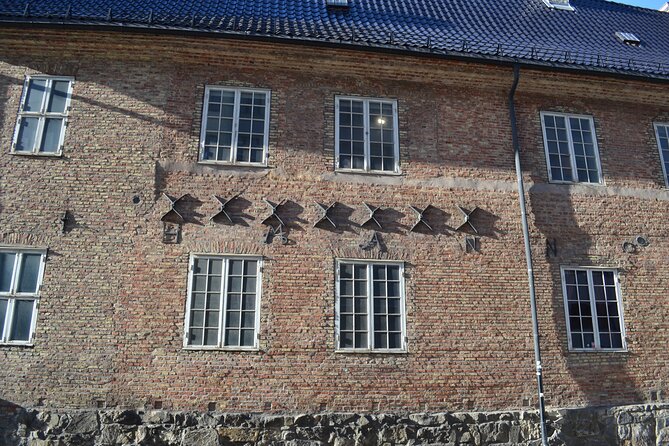
How did the Viking Age shape the cultural landscape of this storied Scandinavian city?
Oslo bears the indelible mark of its Viking past, evident in various aspects of its heritage. From the 8th to 11th centuries, Vikings dominated the region, influencing Oslo’s development. The city’s strategic location along the Oslo Fjord made it a vital hub for trade, allowing the Vikings to expand their reach and establish thriving settlements.
Today, remnants of this era can be seen in Oslo’s museums, showcasing artifacts and tales of Viking conquests. Visitors can explore the Viking Ship Museum, home to remarkably preserved Viking longships, providing a glimpse into the seafaring prowess that defined this fascinating period in Oslo’s history.
Medieval Times
In the wake of the Viking Age‘s profound influence on Oslo’s cultural fabric, the city’s journey through Medieval Times unveils a tapestry of historical richness waiting to be explored.
During this period, Oslo, known then as Christiania, was a significant hub for trade and politics in Scandinavia. The city saw the construction of important medieval landmarks such as Oslo Cathedral, which still stands as a testament to this era.
The Medieval Times in Oslo also witnessed the rise of the Hanseatic League, leaving a lasting impact on the city’s economic development. Exploring Oslo’s medieval past offers a glimpse into the thriving mercantile culture and the architectural marvels that shaped the city’s identity for centuries to come.
Union With Denmark
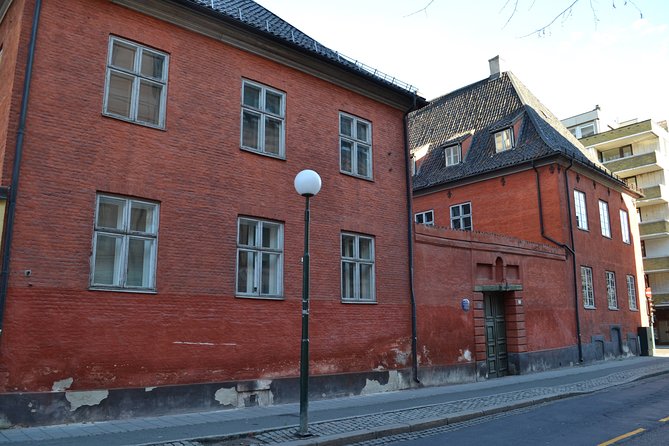
During the period of Union With Denmark, Oslo’s position as a key player in Scandinavian politics and trade underwent significant transformation. The union, which lasted from 1397 to 1523, saw Oslo becoming an important hub for the Danish-Norwegian kingdom.
The city’s strategic location at the head of the Oslofjord enhanced its role in maritime trade, contributing to its economic prosperity. Under Danish rule, Oslo also saw the construction of important fortifications like Akershus Fortress, which played a crucial role in defending the city.
This period marked a time of growth and development for Oslo, solidifying its position as a prominent center in the region. The union with Denmark left a lasting impact on Oslo’s history and cultural heritage.
Swedish Rule
Swedish rule over Oslo marked a pivotal period of transition and influence in the city’s history, shaping its societal structure and cultural landscape. During this time, from 1814 to 1905, Oslo was under Swedish governance following the Napoleonic Wars.
The Swedes brought administrative changes, introducing new laws and governmental systems that left a lasting impact. The Swedish rule also influenced Oslo’s architecture, with notable buildings and city planning reflecting Swedish design principles.
Plus, cultural exchanges occurred, enriching Oslo with Swedish traditions and influences. This era laid the groundwork for Oslo’s future development and set the stage for the city’s eventual path towards independence and modernization.
Independence and Modernization
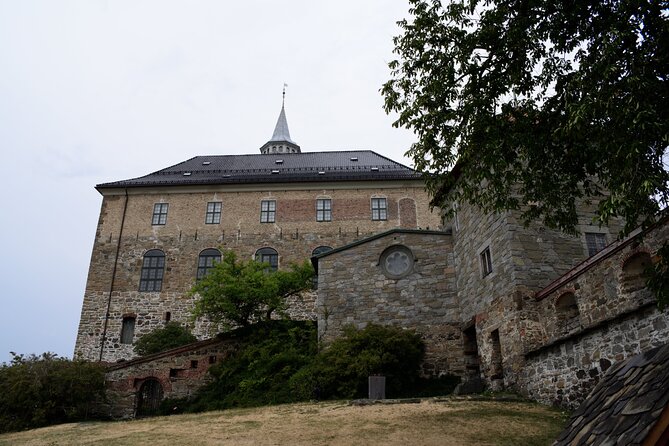
How did Oslo navigate its journey towards independence and modernization after the Swedish rule? Oslo’s path to independence began in 1814 when Norway entered a union with Sweden, gaining its own constitution and parliament. Over the years, Oslo evolved into a vibrant capital, embracing modernization while preserving its rich history. The city invested in infrastructure, education, and industry, transforming into a hub of innovation and progress. Noteworthy developments include the construction of iconic landmarks like the Royal Palace and the University of Oslo. Today, Oslo stands as a testament to successful modernization efforts while cherishing its independence and cultural heritage.
| Achievements | Year |
|---|---|
| Independence from Sweden | 1905 |
| Construction of Royal Palace | 1848 |
Contemporary Oslo
As Oslo strides forward into the present day, its vibrant cultural scene and innovative spirit continue to shape the city’s contemporary identity.
The city’s diverse population contributes to a dynamic arts and culinary scene, with numerous galleries, museums, trendy cafes, and Michelin-starred restaurants lining its streets.
Oslo’s commitment to sustainability is evident in its eco-friendly architecture, extensive public transportation system, and vast green spaces.
The city embraces its maritime heritage, offering opportunities for sailing, kayaking, and waterfront dining along the Oslo Fjord.
Contemporary Oslo also boasts a thriving tech industry, with numerous start-ups and established companies driving innovation in various sectors. This blend of tradition and modernity makes Oslo a captivating destination for visitors seeking a taste of cutting-edge Scandinavian culture.
Common questions

How Has Oslo’s Geography and Climate Influenced Its Development Over Time?
Oslo’s geography and climate have played a pivotal role in shaping its development over time. The city’s location along the fjord and its temperate maritime climate have influenced its growth, trade, and cultural identity.
What Role Did Trade and Commerce Play in Shaping Oslo’s Growth and Prosperity?
Trade and commerce were pivotal in shaping Oslo’s growth and prosperity. The city’s development was greatly influenced by its role as a trade hub, fostering economic expansion and cultural exchange, contributing significantly to its wealth and development.
How Have Wars and Conflicts Impacted the City of Oslo Throughout History?
Wars and conflicts have significantly impacted Oslo throughout history, shaping its development and resilience. The city has endured invasions, occupations, and battles, leaving lasting marks on its architecture, culture, and identity.
What Cultural and Artistic Movements Have Left a Lasting Impact on Oslo’s Identity?
Artistic movements like Expressionism and Modernism, alongside cultural influences from the Viking era and Sami traditions, have shaped Oslo’s unique identity. These diverse elements intertwine to create a rich tapestry of history and creativity.
How Has Oslo’s Economy Evolved Over the Years, and What Industries Drive Its Growth Today?
Oslo’s economy has transformed over time, with industries like shipping, trade, and finance shaping its growth today. Innovation and sustainability are now key drivers, fueling sectors such as technology, renewable energy, and design.
Last Words
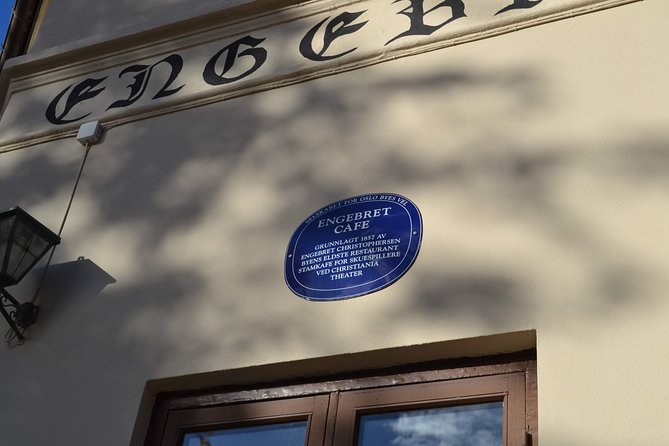
To sum it up, Oslo’s rich history is a tapestry woven with tales of Viking conquests, medieval power struggles, and modern-day innovations.
From its humble origins to its status as a thriving capital city, Oslo has stood the test of time and continues to mesmerize visitors with its blend of tradition and modernity.
Exploring Oslo reveals a city that honors its past while embracing the opportunities of the future, making it a truly unique destination for travelers seeking a glimpse into Scandinavia’s captivating history.